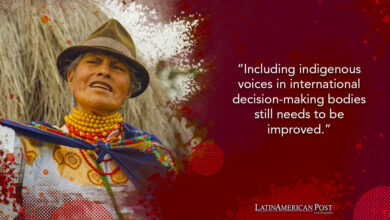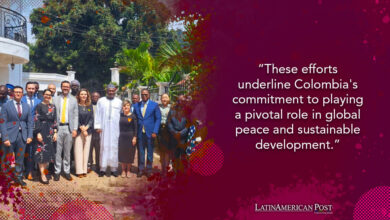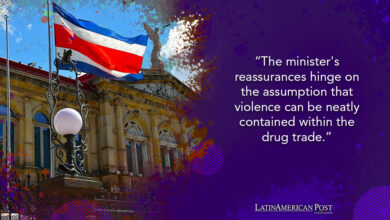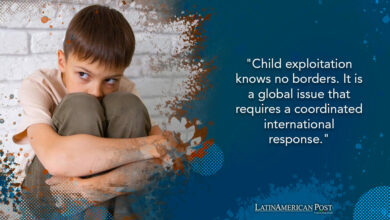Decoding Puerto Rican Bad Bunny’s Cultural Footprint in Education
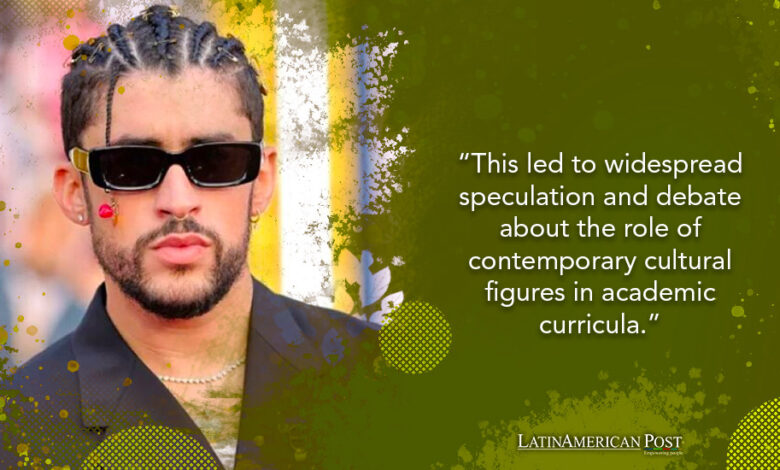
Recent rumors of Bad Bunny’s presence in Mexican educational materials have sparked a nationwide clarification by the Secretariat of Public Education (SEP), revealing the nuanced interplay between popular culture and formal education in Latin America’s academic evolution.
The Rumor and its Impact
In a curious blend of pop culture and educational discourse, Mexican social media was recently abuzz with claims that Bad Bunny, the Puerto Rican reggaeton sensation, had infiltrated the Secretariat of Public Education (SEP) textbooks in Mexico. Viral posts showcased images from school activities analyzing the artist’s “El Apagón” music video and a news article about his concert, suggesting a formal integration of the reggaeton star into the Mexican educational system. This led to widespread speculation and debate about the role of contemporary cultural figures in academic curricula.
However, through a detailed review and subsequent clarification, the SEP confirmed that Bad Bunny is not featured in Mexico’s public education system’s official textbooks. The images in question were traced back to textbooks produced by private publishers for high school education, not the SEP’s materials. This clarification spotlighted the distinction between public educational content and materials created by external publishers, often tailored to the students’ specific demographic and cultural context.
The discussion around this phenomenon is not isolated to Mexico but resonates across Latin America, where the integration of popular culture into educational content is becoming increasingly prevalent. In countries like Colombia, Brazil, and Argentina, educational systems progressively acknowledge the importance of connecting academic learning with students’ cultural landscapes, incorporating local and international music, art, and social phenomena into the curriculum.
Complexity of Educational Content Creation
In Mexico, the incident revealed the complexity of educational content creation in an age where public and private educational materials coexist and sometimes converge. While the SEP oversees the development of textbooks from preschool to secondary education, higher secondary education often sees a mix of public and private involvement in creating educational content. This structure allows for a more flexible and diverse curriculum that can include contemporary cultural references, such as Bad Bunny’s music and persona.
The purported inclusion of Bad Bunny in educational materials raises important questions about textbook content selection criteria, the influence of popular culture on educational narratives, and the potential impact of such content on students’ learning experiences. It underscores a broader trend in Latin America’s educational sector, where there is a growing push to make learning more engaging and relevant to students by reflecting their cultural interests and realities.
Educational experts and policymakers across Latin America are increasingly advocating for curricula that resonate with students’ contemporary social and cultural contexts. This approach aims to enhance students’ engagement and comprehension by drawing parallels between academic subjects and real-world scenarios, including the arts, politics, and social issues.
Including figures like Bad Bunny in educational discussions exemplifies the potential of popular culture as a tool for engagement and learning. His music, often rich with social commentary, language nuances, and cultural references, can serve as a conduit for discussions on various subjects, from language arts and social studies to media literacy and cultural analysis.
Moreover, the viral nature of the misinformation regarding Bad Bunny’s inclusion in Mexican textbooks highlights the power of social media in shaping public perception and discourse around education. It reflects a broader challenge for educational authorities in Latin America to navigate the digital landscape, ensuring that official educational content is accurately represented and understood by the public.
Evolution of Educational Resources
The scenario also illustrates the evolving nature of educational resources, where digital and multimedia elements are increasingly integrated into textbooks and learning materials. This shift towards interactive and multimedia-enhanced education is prominent across Latin America, where educators are leveraging technology to create more dynamic and immersive learning experiences.
In reflecting on the Bad Bunny textbook saga, it becomes evident that the conversation extends beyond the mere presence of a pop icon in educational materials. It touches on deeper themes of academic relevance, cultural representation, and the dynamic interplay between formal education and popular culture in shaping the identities and perspectives of young learners across Latin America.
As Latin American countries refine their educational strategies, integrating culturally relevant and engaging content will likely remain at the forefront of curriculum development discussions. The aim is to foster a learning environment that not only educates but also inspires and resonates with students’ diverse experiences and interests.
Also read: Digital Threats Undermining Democracy in Latin America
While Bad Bunny has not officially entered the textbooks of Mexico’s SEP, the widespread reaction to the rumor underscores the significant role that popular culture plays in the educational landscape of Latin America. As the region navigates the complexities of modern education, incorporating contemporary cultural elements into academic curricula represents a critical step toward creating more inclusive, engaging, and relevant learning experiences for the next generation.

